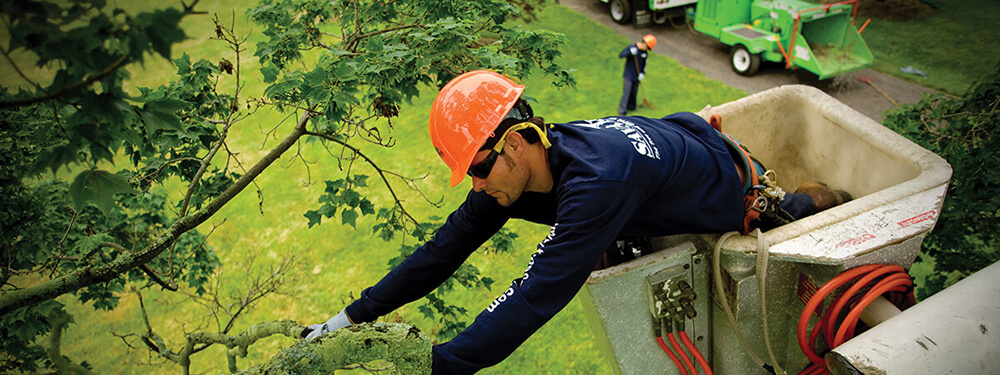Daniel van Starrenburg, CEO of specialty tree-service company SavATree, talks about how the already-profitable company is using lean as a strategy to maximize sales growth in a field services organization.
SavATree (with 23 locations in eight states) offers high value-add, customized tree- and lawn-care services directed by arborists who inspect and diagnose tree and lawn conditions and make recommendations for care. The company had very strong, predictable EBITDA, steady margins and steady growth. But, van Starrenburg believed that they didn't have the growth rate they deserved. The idea of freeing up resources and redirecting them towards growth was very appealing.
According to CEO, Daniel van Starrenburg, "We were concerned that lean would be more difficult to implement in a field service organization but knew that the benefits would be enormous." The leadership team decided that it would be worthwhile to embark on a lean journey.
The company has used its newly found time wisely. They give half of the benefit to customers since field service crews now have more time on site creating value. The other half of the time accrues to the benefit of the company. By re-engineering processes, they're making the company more competitive and profitable. The team is fired-up and sees tangible benefits.
Challenge: How to free-up resources to focus on growth initiatives.
Solution: Use lean to reduce set-up times, improve crew productivity, and free-up time for arborists to create more selling time with customers.
By streamlining the process and implementing lean principles into the day-to-day operations, there is now a lot of time that can be used to spend with customers. It also allowed them to involve the administrative team in the sales process, which has kept recommendations from slipping through the cracks.
We focused on these key areas:
- Eliminate return trips for tools and get employees out on the job site creating value. Do so by reducing set-up time to get the trucks out in the field by organizing the trucks and creating standard work.
- Create more selling opportunities by freeing up arborists' time to offer consultative selling to clients.
- Use administrative staff and talent to better handle sales and customer service calls.
Results: Teams now have the right materials prior to reaching the job site. Secondary sales are up 5X and crews now have an additional 1.5 hours per day to support growth.
By implementing lean principles, it's allowed the company to see tangible growth without having to increase the size of its workforce. It has also created camaraderie and closeness between the field crew, the salesmen, and the administrative team. They are all working together to give the best service to the customer.
An already-profitable field service organization becomes even stronger by using lean as a strategy for growth:
- Set-up time reduced by 50-66%. Teams now have the right materials they need for each job prior to reaching the job site (no return trips).
- Secondary sales are up 5X because of better follow-up on arborists' assessments and recommendations. More follow-up appointments are scheduled with better secondary revenue bookings.
- Created an additional 1.5 hours per day per crew. Crews now have more time for additional stops per route to provide plant and lawn care and higher-margin tree-care.

